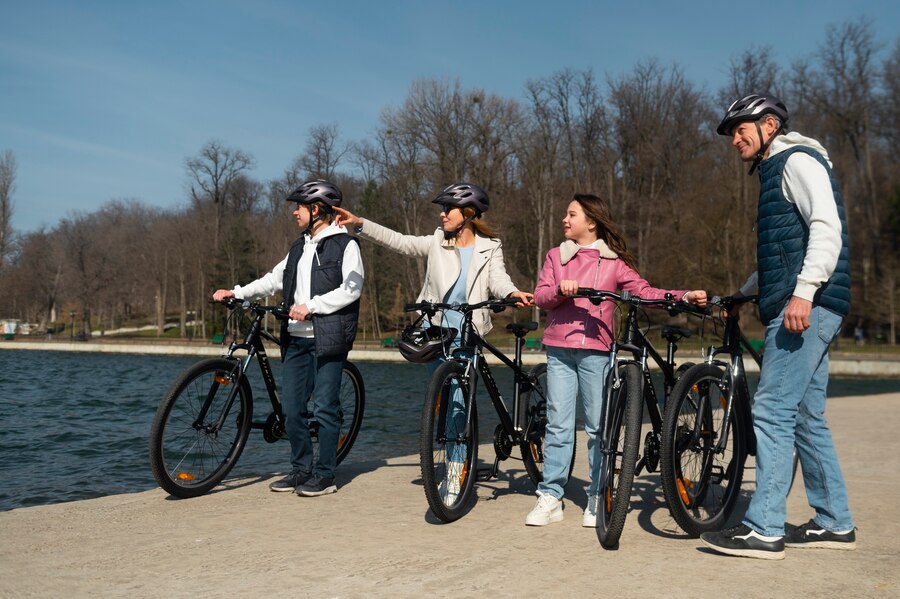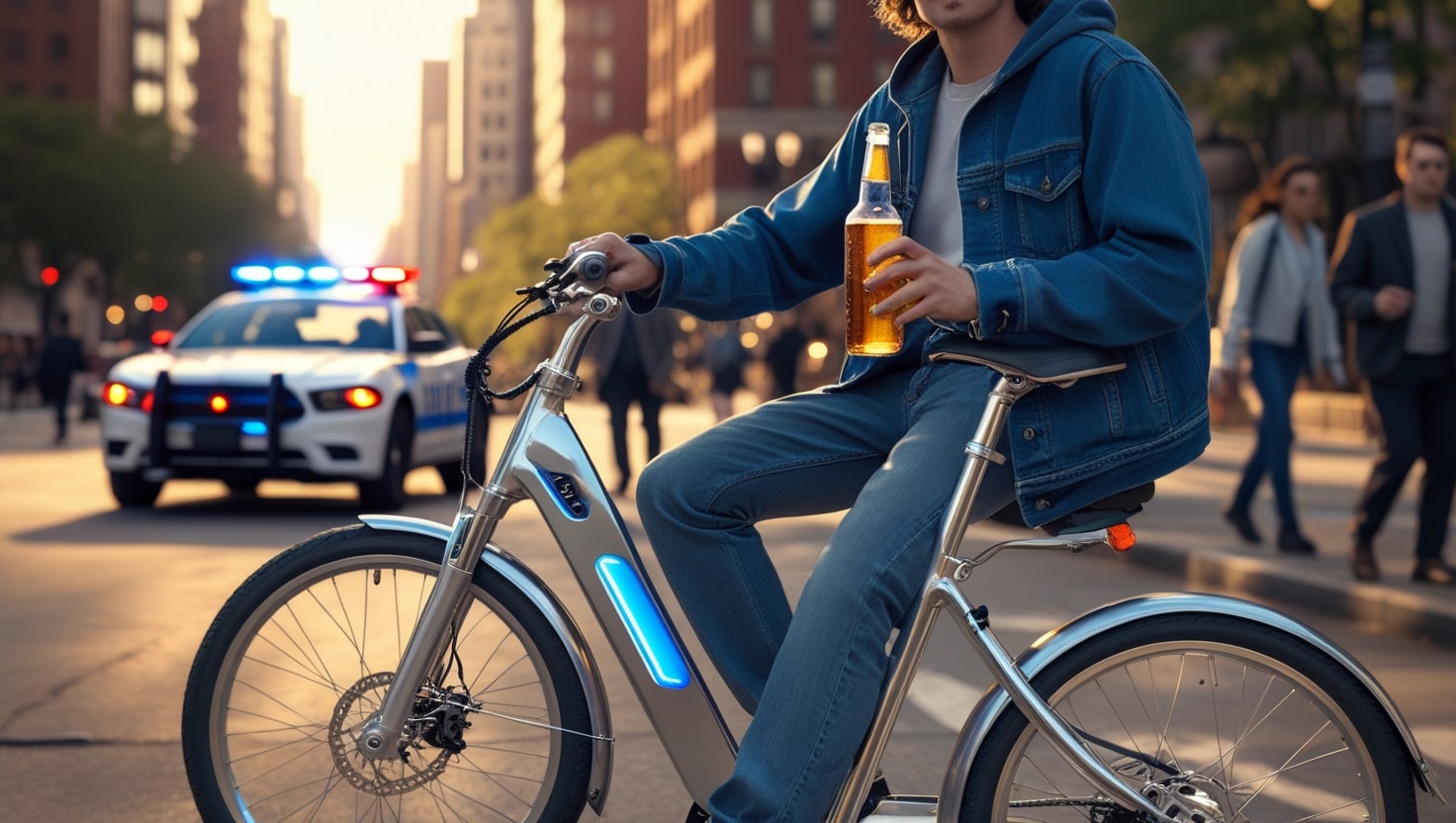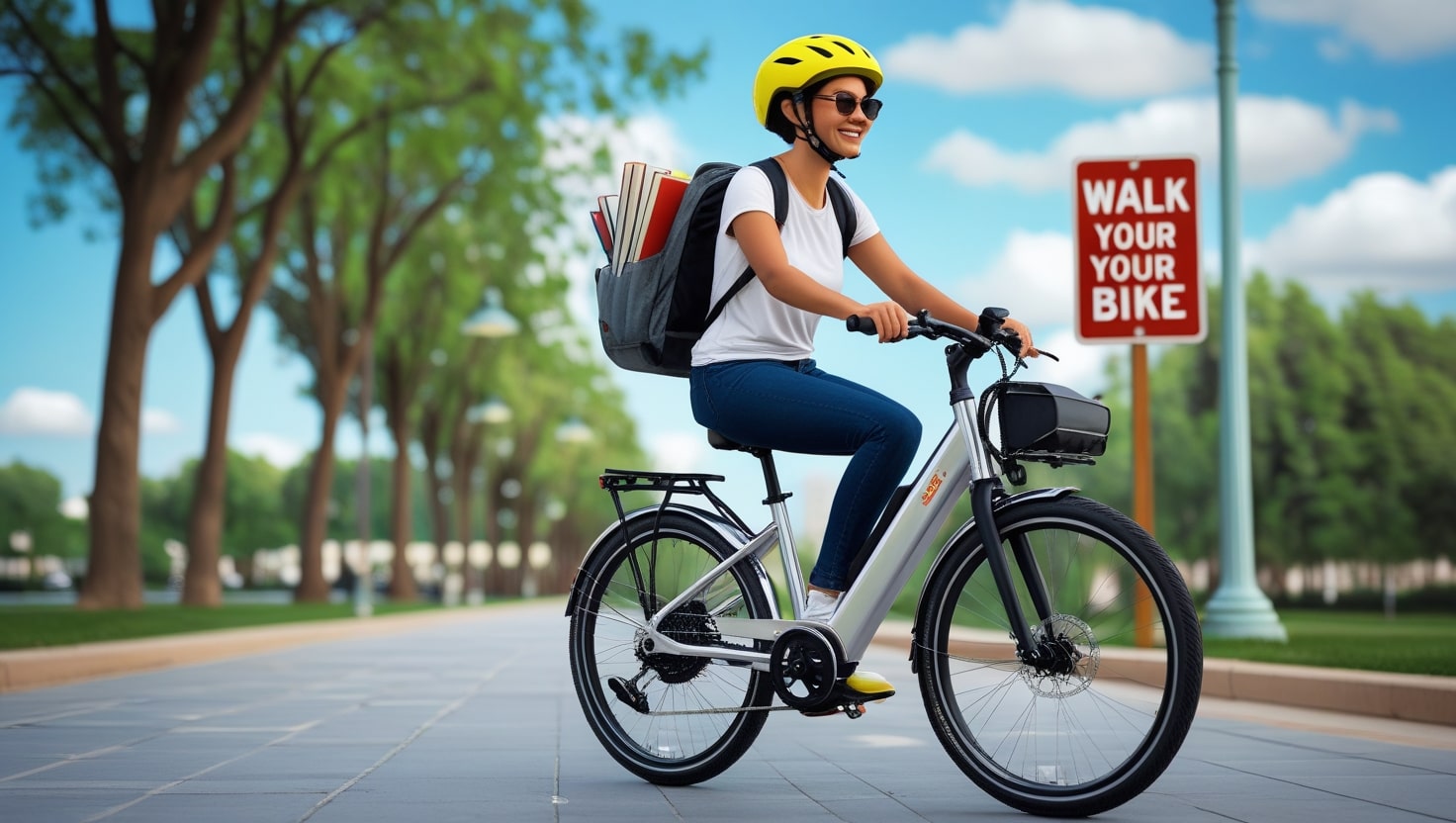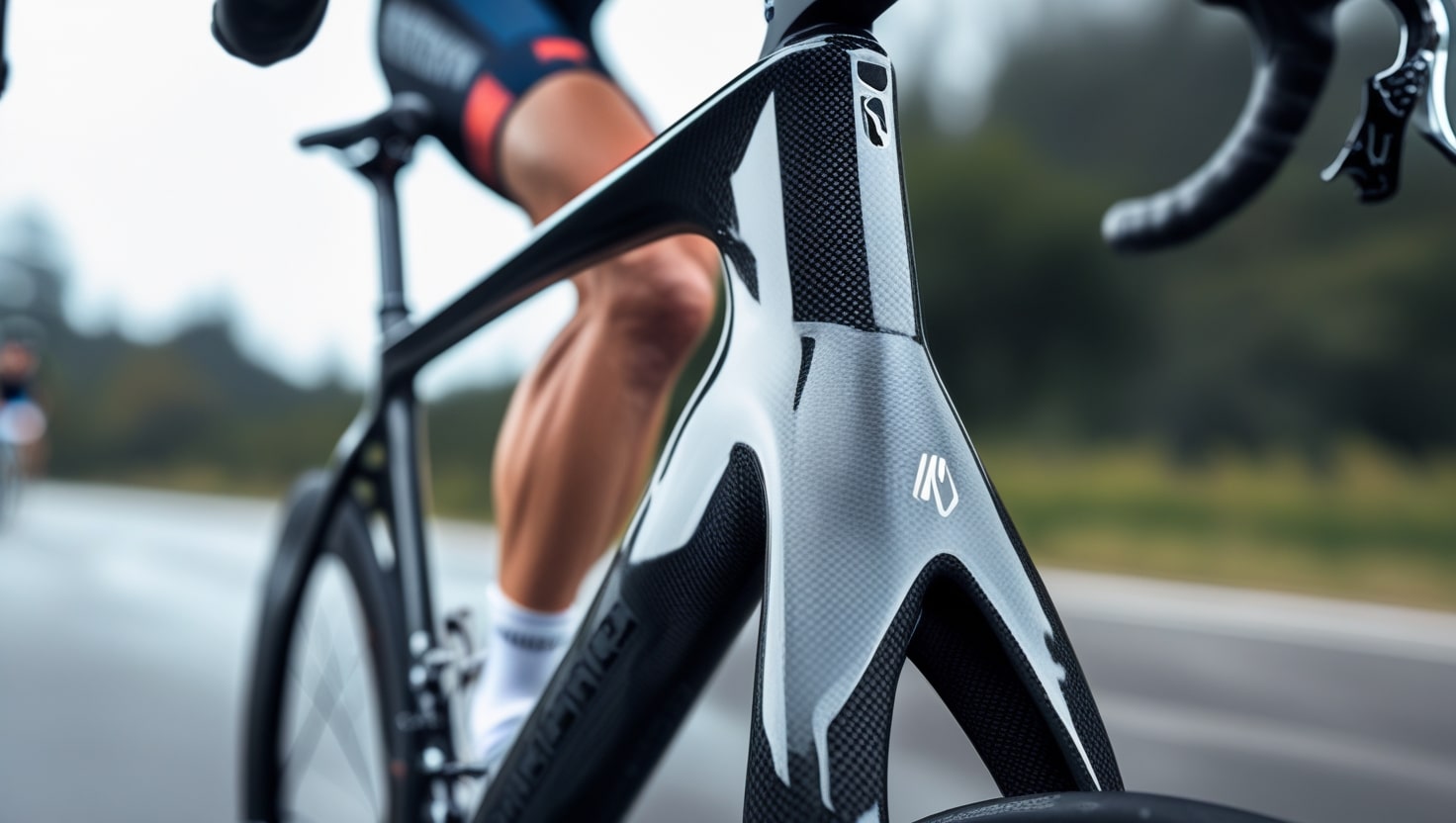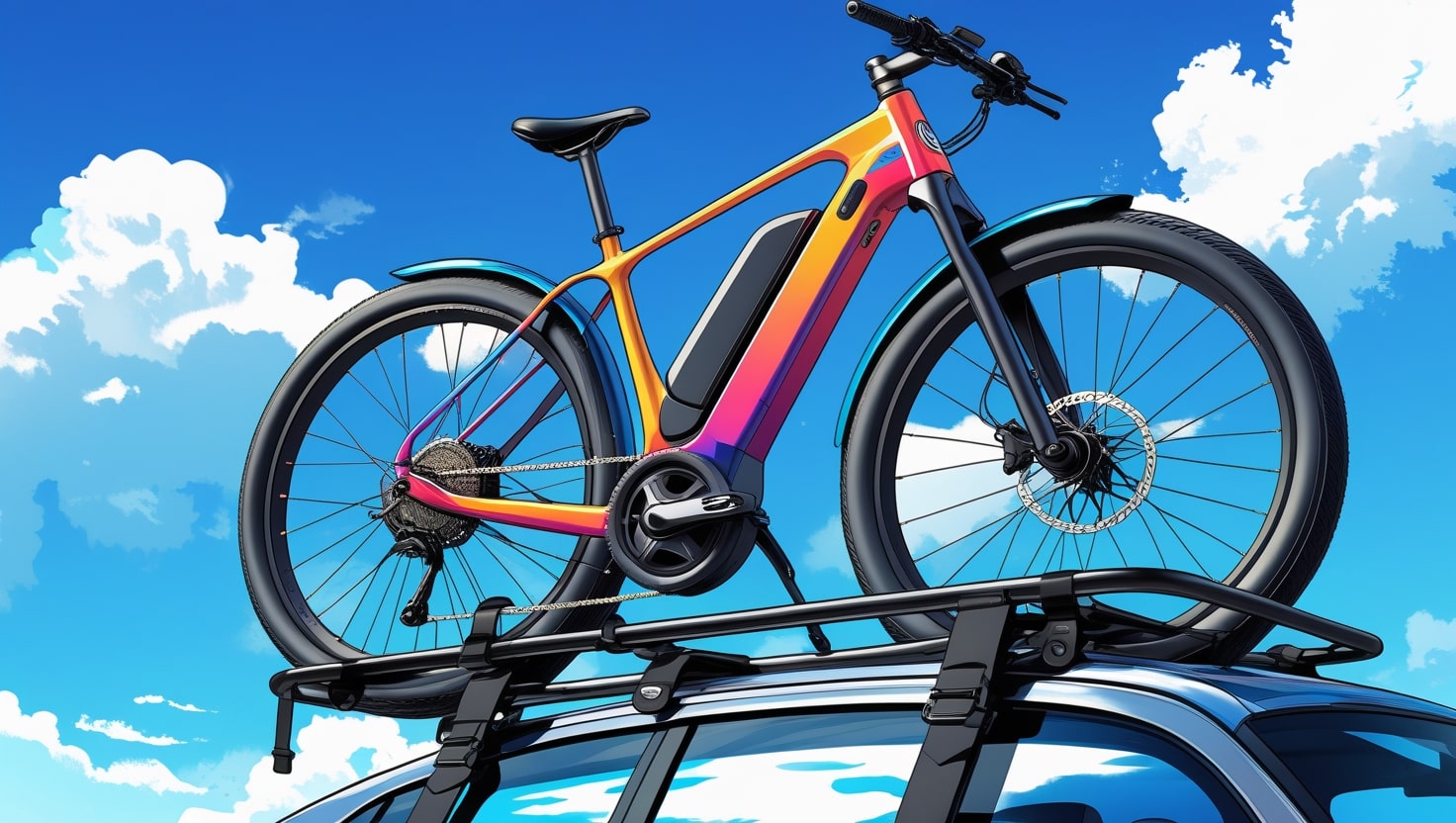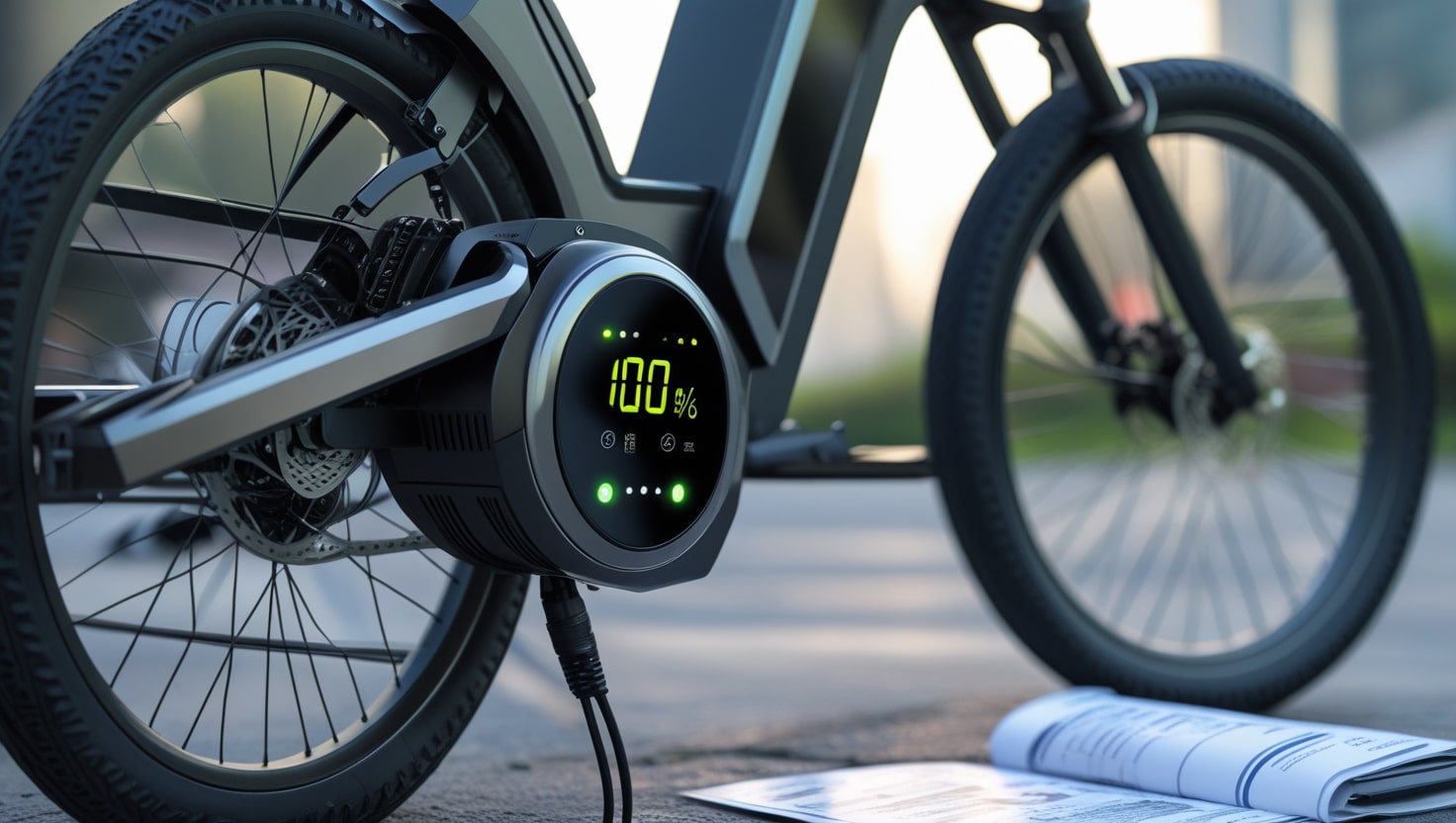Riding an e-bike in Ohio is an exciting way to explore the state’s beautiful trails and parks while enjoying the benefits of electric bicycles. With their electric motor, these bikes allow riders to go faster and farther, making outdoor adventures more accessible. The popularity of e-bikes is growing, and for good reason—they help improve physical strength and reduce stress while offering new opportunities for adventure.
One of the most scenic routes is the Little Miami Scenic Trail, a fully paved path stretching 78 miles with off-road connections for those who seek more challenging terrain. However, before setting out on two wheels, it’s crucial to understand Ohio ebike laws. The local government has set specific laws and legislation to regulate their use, ensuring safety for all riders. While Ohio’s e-bike rules share similarities with other states, there are some exceptions to be aware of.
Related: Kentucky Ebike Laws
What’s legally considered an e-bike in Ohio?
Not every e-bike is the same, and Ohio has clear laws to define what counts as an electric bicycle. Unlike some states like Pennsylvania, which do not distinguish between categories, Ohio has different classes of e-bikes based on their motor powers and functions. The key factor that helps differentiate them is how the assistance works—whether through pedal assist or throttle assist—and the maximum speed they can reach.
These classifications are important because different rules apply depending on the type of e-bike you ride. To be legally considered a bicycle and not a motorized vehicle like a motorcycle or car, an e-bike must have operable pedals and a motor with no more power than 750 watts.
• Class 1: An e-bike equipped with a motor that provides assistance only when the rider is pedaling, and it ceases to assist once the bike reaches 20 mph.
• Class 2: An e-bike with a throttle-actuated motor that can operate without pedaling, but the assistance ceases once it reaches 20 mph.
• Class 3: An e-bike equipped with a motor that assists only while pedaling and stops once the bike reaches 28 mph. Ohio requires all Class 3 bicycles to have a speedometer to display their speed.
E-bike laws in Ohio
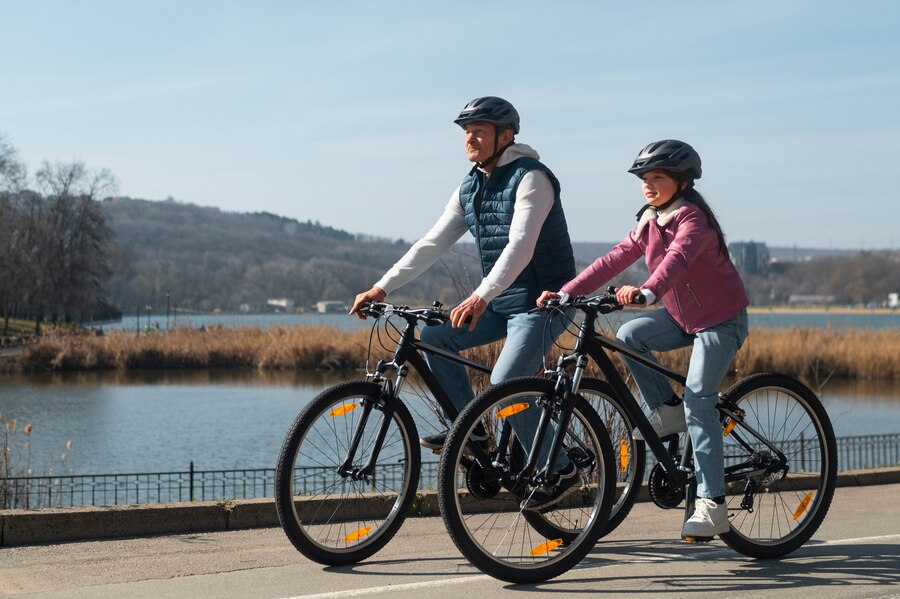
If you plan to ride an e-bike in Ohio, it’s important to understand the laws and regulations that the state has set. The governing rules include helmet requirements, which vary based on age and bike classification.
Additionally, certain locations may have specific legislation determining where you can legally use your electric bicycle. This rundown of essential guidelines helps bicyclists stay informed and follow the correct rules. Keep in mind that this information is up to date as of February 2023, but policies may change over time.
Related: Arizona Ebike Laws
Where are you allowed to ride e-bikes in Ohio?
Under state law, e-cyclists in Ohio can ride Class 1 and Class 2 e-bikes on normal bike paths and shared-use paths, where traditional bicycles and pedestrians are also allowed. However, this rule does not always apply since a local governing authority, such as a county, municipal corporation, township, or parks agency, can set its own restrictions. If a local government has a different rule, its decision wins over the statewide regulation, meaning riders must follow the local laws.
For Class 3 e-bikes, the rules are stricter. They are NOT allowed on regular bicycle paths or shared-use paths, except when the path is adjacent to a highway. Again, a local agency or municipal council may create an alternate rule regarding their use. When riding on a roadway, e-bikers must obey standard traffic laws, just like motor vehicles. This includes following directions at stop signs, respecting speed limits, and stopping at traffic lights to ensure safety.
Are e-bikes allowed on Ohio bike trails and public land?
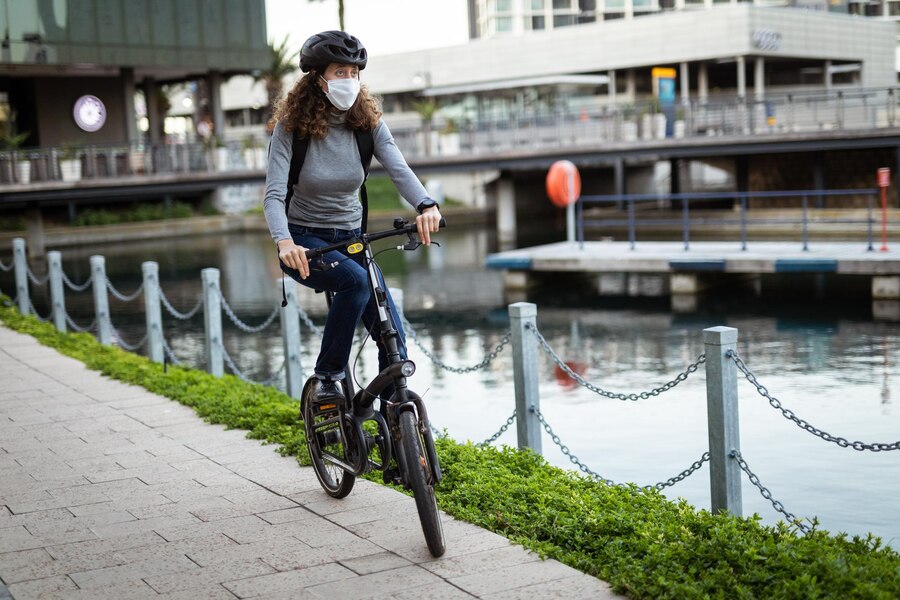
In Ohio, while state law allows e-bikes on certain roads and bike lanes, it bans the use of motorized bicycles on most trails, including those meant for hiking, mountain biking, horseback riding, and natural surface paths. This applies to all classes of e-bikes, preventing riders from accessing these areas. However, there is an exception—if a local ordinance permits e-bike access, then riders may be allowed to use these trails otherwise restricted under state law.
Related: Arkansas Ebike Laws
What class of e-bikes are legal in Ohio?
Ohio allows all three bike classes—Class 1, Class 2, and Class 3 e-bikes—but their usage is controlled by different rules. State law permits Class 1 and Class 2 e-bikes on traditional bike paths and shared-use paths, making them widely accessible.
However, Class 3 e-bikes are not allowed on normal bike trails unless stated otherwise by local authorities. These regulations vary depending on where you ride, so understanding the specific restrictions is essential for compliance.
How old do you have to be to ride an e-bike in Ohio?
In Ohio, there are no age restrictions for riding a Class 1 or Class 2 e-bike, meaning anyone can use them freely. However, electric bicycle laws require riders to be at least 16 years old to operate a Class 3 e-bike. Those under 16 can still ride as a passenger, as long as the bike is designed to accommodate more than one person.
Do you need a helmet when riding an e-bike in Ohio?
In Ohio, there is no statewide helmet law for Class 1 and Class 2 e-bikes, but local laws may still apply depending on the area. However, helmets are required for Class 3 e-bike riders, whether they are a cyclist or a passenger, regardless of age.
While not always legally necessary, choosing to wear a helmet is a good idea as it helps save lives by minimizing the risk of head injuries, including traumatic brain injury (TBI). Both adults and children can benefit from the extra protection, so it’s wise to follow expert tips to pick a well-fitting helmet.
Related: California Ebike Laws
Do you need a license to ride an e-bike in Ohio?
In Ohio, there is no need for a formal driver’s license to ride an e-bike, which is great news for those who want to avoid waiting in line at the DMV. Unlike a car, an electric bicycle does not require registering, and riders don’t have to deal with mandatory insurance.
However, while not obligated, getting insurance can be a savvy investment. The right type of coverage can help cover costs like hospital bills or damage after an accident. In the big picture, insurance can save money later, especially when dealing with serious expenses, giving riders peace of mind and easing the burden on their bank account.
OHIO eBIKE LAWS FOR TRAILS
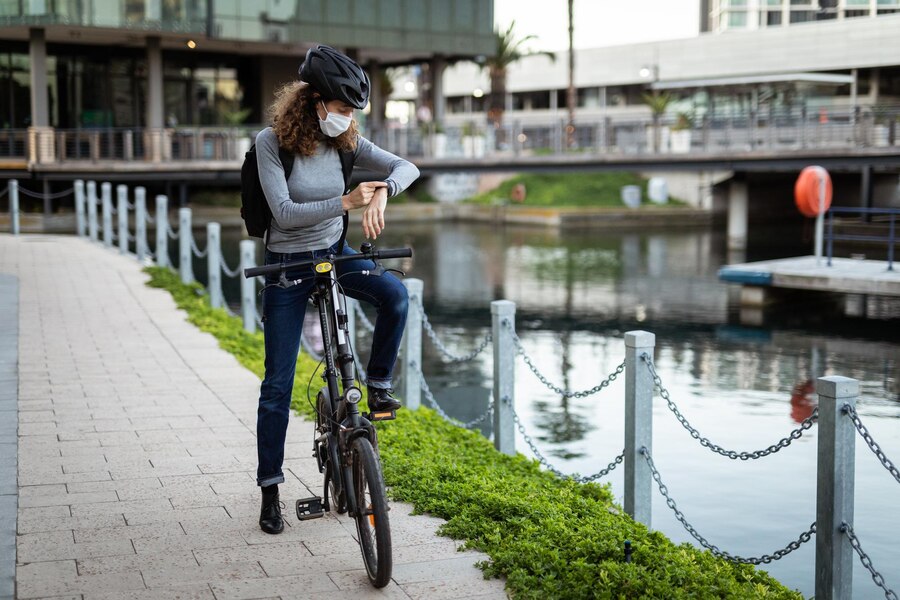
» LOCAL: Riders should consult their land management agency to understand specific trail policies, as local rules can vary.
» STATE: The Ohio Division of Parks & Recreation currently does not allow e-bikes on division trails. To stay informed, riders should contact the department for the most up-to-date information. Organizations like PeopleForBikes are monitoring the policy and will update this document as needed.
» FEDERAL: A majority of public lands used for recreation in Ohio fall under the jurisdiction of the U.S. Forest Service, where eMTBs are considered motorized vehicles and can only access motorized trails. For more information, riders can reach out to the U.S. Forest Service Eastern Regional Office.
eMTB GUIDELINES
- Access to e-mountain bike (eMTB) trails varies significantly across federal, state, county, and local areas.
- Natural surface trails that are designated for both motorized and non-motorized uses are usually open to eMTBs.
- Some trails managed for non-motorized activities may not be allowed for eMTBs. Always check before riding.
- If trail rules are unclear, it is best to ride legally only on authorized paths to show that mountain bikers are responsible trail users.
- When in doubt, ask a land manager about specific rules, as local regulations change frequently.
Related: Iowa Ebike Laws
GREAT eMTB RIDES IN OHIO
- Hanging Rock OHV Trails in Ironton offer an exciting 26-mile ride, perfect for off-road adventures.
- Superior OHV Trail in Pedro stretches 17 miles, providing a mix of terrain for different skill levels.
- Scioto Trail State Park in Chillicothe features a scenic 33-mile Gravel Route, ideal for riders who enjoy natural landscapes.
Can I get in trouble for my e-bike in Ohio?
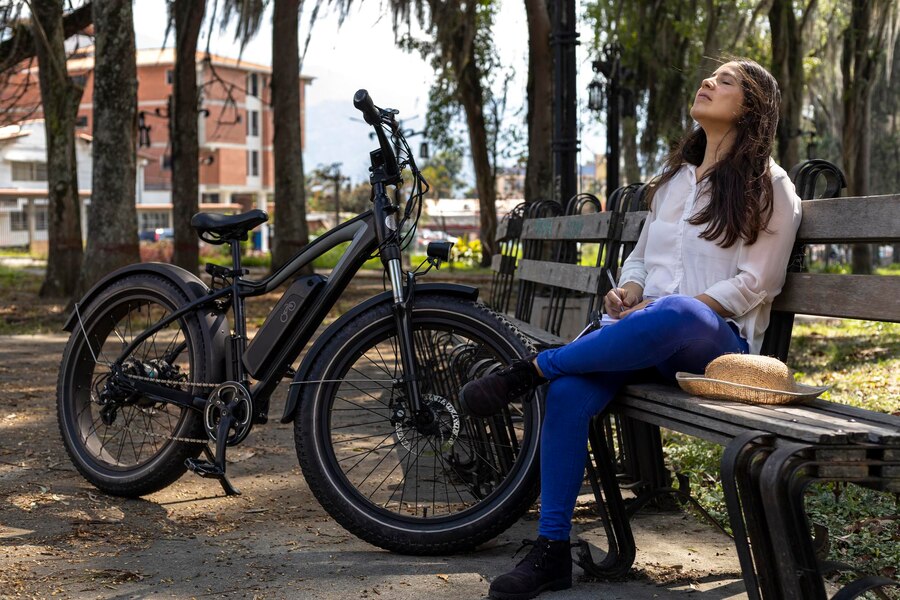
If you follow all state and local traffic laws, you won’t have a problem riding your e-bike in Ohio. However, repeated violations can lead to serious penalties. The first violation results in a minor misdemeanor offense, as outlined in the Ohio Revised Code.
If another offense happens within one year, it escalates to a second-degree misdemeanor. For two or more offenses in the same period, the charge becomes a third-degree misdemeanor, which carries greater consequences.
Additionally, it is illegal to modify an electric bicycle in a manner that changes the top speed it is capable of reaching unless you also adjust the class label as required under state law. Riders should be aware of these regulations to avoid unnecessary charges and ensure compliance with Ohio’s e-bike rules.
Ohio Electric Bike Rebates
The Columbus e-bike incentive pilot program aims to make electric bikes more affordable for residents of Columbus by offering financial incentives. This program, which is managed by Smart Columbus on behalf of the Columbus City Council, provides subsidies to qualifying individuals who wish to purchase e-bikes from local shops.
Beyond cost savings, the initiative seeks to gauge the demand for e-bikes and assess the effectiveness of such incentives in meeting broader environmental goals. More details and future updates on the website ensure that interested riders can stay informed about eligibility and benefits.
Related: Virginia Ebike Laws
Local ordinances for e-bikes in Ohio
While general ordinances regulate e-bikes across Ohio, some location-specific rules may apply depending on where you ride. Always check with local governing authorities before cycling in a new area.
For example, Cuyahoga Valley National Park, located between Akron and Cleveland, follows federal rules since it is a national park, not a state park. According to the National Park Service (NPS), e-bikes can be used on the same trails as traditional bikes in this park, making it an e-bike-friendly destination.
What you should know before riding your e-bike in Ohio
Are you ready to begin riding an e-bike around Ohio? To make things easier for you, we have a few additional useful tips. Our best advice regarding e-cycling in Ohio is as follows:
Get your bike properly fitted and tuned up: Regular maintenance is important to keep your e-bike in good working order and ensure safe riding conditions. Adjust the seat, handlebars, and other parts for comfort and control. A simple checklist can help keep everything in top shape.
Wear weather-appropriate gear: Ohio experiences different types of weather, including sun, rain, wind, and snow, so it’s important to be dressed for the season. Wearing safety equipment like a helmet adds extra protection, no matter the conditions.
Pick e-bike-friendly places to ride: While natural surface trails like mountain bike and equestrian trails usually don’t allow e-bikes, some off-highway vehicle (OHV) trails do. Great options include Hanging Rock OHV Trails (26 miles), Scioto Trail State Park Gravel Route (33 miles), and Superior OHV Trail (17 miles).
Related: Maine Ebike Laws
Embracing Electric Bikes in Ohio
Ohio has electric bike laws that are designed to support the integration of this eco-friendly technology into everyday life. By understanding and adhering to these regulations, cyclists can experience the many benefits of e-bikes, such as increased accessibility and the ease of riding. Choosing an e-bike over a car for short trips also provides environmental benefits, making it a great option for those looking for cleaner transportation alternatives.
More people are embracing e-bikes as a movement toward sustainable and inclusive transportation options. Whether you’re an avid cyclist or just looking for a better way to commute, an e-bike offers a promising alternative to traditional transport. It combines convenience with sustainability, making it an excellent choice for both recreation and daily travel.
Related: Georgia Ebike Laws
FAQs
Are electric bikes legal on all trails in Ohio?
While electric bikes are allowed in many areas, they are not automatically legal on all trails in Ohio. The accessibility of e-bikes depends on local regulations, meaning some places, like bike paths, may permit them, while others have specific restrictions. Certain singletrack and mountain bike trails may apply limits on their use. To avoid issues, always check with local authorities or land managers before taking your e-bike onto a trail.
Can I ride an electric bike on the road in Ohio?
Yes, you can ride an electric bike on the road in Ohio, but you must follow the same rules that apply to traditional bicycles. This includes obeying all traffic laws and signals, using bike lanes when they are available, and riding in the flow of traffic for safety.
How do I know if my electric bike is street legal in Ohio?
To be street legal in Ohio, your electric bike must conform to the state classification system, meaning it should be a Class 1, Class 2, or Class 3 e-bike. Additionally, it must not exceed the speed limits, which are 20 mph for Class 1 and Class 2 bikes and 28 mph for Class 3. As long as your e-bike meets these criteria and you adhere to the same rules of the road as traditional bicycles, your bike will be legally allowed on public streets.
What are the helmet requirements for riding an electric bike in Ohio?
Helmet requirements in Ohio vary based on the class of electric bike. If you ride a Class 3 e-bike, both riders and passengers are required to wear helmets because these bikes can reach higher speeds. For Class 1 and Class 2 ebikes, helmets are highly recommended for safety, but they are not mandated by law.

